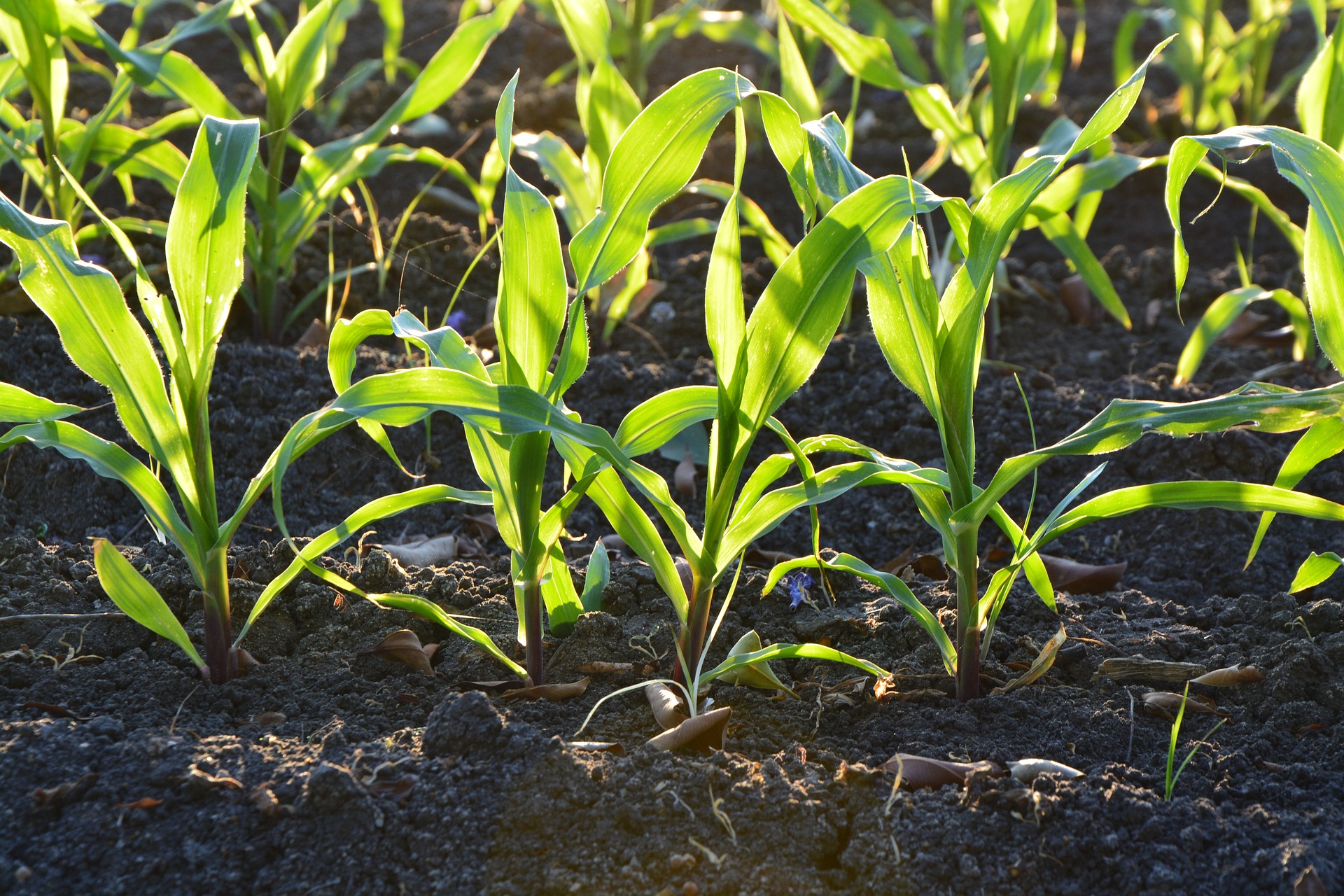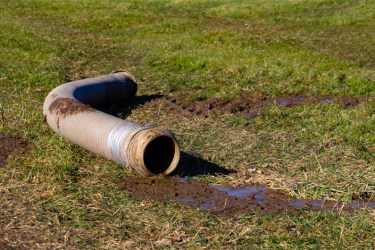By George Peart
The countdown’s on for UK agriculture to meet government and industry net zero greenhouse gas emissions targets, and while reaching that goal by 2040 might seem ambitious, there’s something every farm business can do to make a difference.
But if you’re not sure how to create a net zero plan for your business, knowing which measures to take can seem daunting. Here, we’ve compiled our top five tips to help you take the first steps to making your farm business more sustainable for the long-term.
1. Go back to basics
Achieving net zero might feel like a huge task, but it’s important to realise that improvements can be made in small steps, and don’t necessarily require costly investment.
The key is to identify simple measures that can be taken right away — measures that will not only drive long-term change but improve farm operations in the future.
Your farm’s overall emissions are calculated based on the direct emissions that come from running the business, such as an exhaust from a tractor. This is added to the indirect emissions that you bring in when you buy feed, fertilizer and other inputs. In the same way that you assign a monetary value to items on the farm, carbon calculators will assign an emissions value, which is recorded using eCO2 (equivalent kilos of CO2). The values which are assigned are generally based on current research and government policy.
In order to identify areas that can be improved, it is vital to do a carbon emissions baseline as soon as possible. This will give you a measure of what you are doing well, in the same way that your farm’s year end accounts will tell your financial strengths and weaknesses.
Your emissions baseline will tell you how much carbon is being released into the atmosphere in the form of methane, nitrous oxide and CO2. Whilst these are clearly different forms of emissions, they are all converted into a standardized eCO2 figure so that farms can benchmark themselves against one another. Having a baseline and measuring carbon emissions each year is the only way to tell which areas you are improving in and which need more work. For example, diesel use may be efficient, but you may be running too many youngstock than is required, thus reducing CO2 from diesel but increasing methane from heifers.
By getting the basics right, you can create a solid foundation that you can start to build your longer-term net zero plan upon.
2. Switch to soil-friendly farming practices
Whether it’s through returning organic material produced by livestock back into the soil or grassland sequestering carbon, agriculture is one of the few industries that has the potential to offset its emissions.
In order for UK farmland to reach its full potential, however, more farmers need to make changes to their farming systems, which means using environmentally-friendly production practices as standard.
As soils represent a significant carbon sink, managing them to reduce carbon losses into the atmosphere is an important place to start. This can involve anything from avoiding leaving soils bare to direct drilling instead of cultivating.
Applying organic manure and avoiding the use of artificial fertilisers can also help to reduce emissions. Nitrous oxide produced by fertiliser used in the livestock sector accounts for about 18% of the UK’s GHG emissions, so reducing fertiliser use can help significantly.
3. Assess diets
It might sound obvious but checking that protein levels in livestock diets actually matches an animal’s nutritional needs won’t only save your business money, but will help drive improvements and environmental performance.
In dairy herds, improving the quality of diets and reducing crude protein to below 18% has been shown to reduce emissions and improve efficiencies in converting protein into milk. By achieving the same milk output with potentially fewer cattle, farms can substantially lower their herd’s environmental footprint.
In the beef sector, addressing feed quality can help improve efficiencies and daily live weight gains, lowering the number of days to slaughter and adding to long-term reductions in greenhouse gas emissions.
For those herds with animals that already have high protein efficiency and achieve impressive yields, consider palatability, Dry Matter intake and cow comfort as those harder to achieve targets that will improve your climate score. Cows which are either eating at the feed face or in the cubicles ruminating, are expending less energy and therefore will be more efficient.
Use this mantra across the business. Consider how you can squeeze every last bit of productivity from the inputs which you provide. Feed, fertilizer, diesel. Any of these that are wasted will increase the emissions from your farm.
4. Plant more biomass
All farms are home to biomass that sequesters carbon, but the quality and quantity of plant biomass varies significantly depending on how the land is managed.
Planting hedgerows, creating woodlands, field margins, agroforestry and multi-species grasslands can all improve the quantity and quality of plant biomass on farms.
Not only does this help with sequestering significant amounts of carbon — trees at their peak age of 10-45 years can sequester over 12 tonnes of carbon per hectare per year — it can increase biodiversity on farm, offer alternative income streams, and provide greater resilience to climate change.
The difficult truth is that farming is hugely challenged in the UK when it comes to increasing food security, as well as reaching net zero. Drastic changes to how we use the land are needed if we are to succeed. Consider doing a land management assessment of your whole farm to identify areas that are less productive and could be used to intensify carbon sequestration. Identifying areas of peat and soil types across the parcels is also vital for you to understand how much carbon is being taken in and how this could be improved.
Emissions Baseline – Carbon Sequestered via Land Management = Overall Net Emissions.
If you do decide to carry out an emissions baseline and soil assessment the calculation above is critical. If carbon sequestered overall is greater than your annual emissions, then your business is net zero.
5. Measure, assess and adjust
To really get to grips with agricultural greenhouse gas emissions, measuring, monitoring and interpreting data to understand what’s happening on each farm is key.
Once a baseline’s been set, measurements should be continually taken to understand what impact any changes are having, assess performance, and make adjustments if necessary.
These measurements can then be used to form a long-term plan for how your farm can adjust in order to reach net zero. That may mean more hedges and smaller field parcels, more grazing between rows of trees or even a change in crop rotations.
Ultimately, the challenge of balancing food production with carbon sequestration requires planning changes to the farm in the long term. Not just in the next 5 years, but all the way to 2040 and even beyond. This long-term plan can help you to make sense of the various factors that revolve around profitability and environmental sustainability.
If you’d like advice on this or any of these steps, then Promar Sustainability’s team of experts can offer guidance on everything from carbon accounting and assessing your business’ emissions profile, to identifying the steps you can take to help with your net zero journey. Get in touch today.








